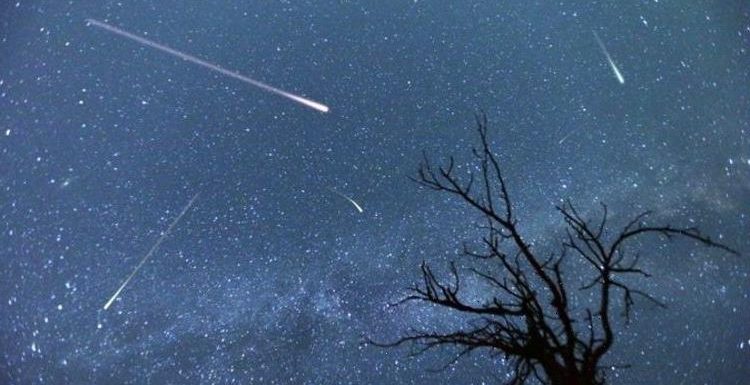

In 2022, their visibility will peak between midnight and dawn on November 17-18. What are these shooting stars? These are the remnants of the comet Tempel-Tuttle burning up in the atmosphere. Leonids ─ one of the most abundant, fast and spectacular meteor showers.Find the list of the shooting stars you might still witness this year below: The Quadrantids happen annually at the beginning of January, allowing observers to enjoy a short-lasting show.īy the end of 2022, one can still observe meteor showers in the UK sky, including the brightest one. Orionid shower occurs every October, promising the patient observers a frequency of 50 to 70 shooting stars per hour. For instance, one can observe the famous Perseids with more than 60 meteors per minute in August each year when Earth passes through Swift-Tuttle’s orbit.

And with them, you can easily conclude that they come from the Orion and Perseus constellations, respectively. What are shooting stars called, specifically? Two examples are the Orionids and Perseids. Meteor showers get their names to highlight their relation to the constellations from where they come. With a new moon and a clear sky, you will be greatly impressed. This is best done in national parks (for example, Northumberland), among the picturesque Welsh Mountains, surrounded by Brecon lighthouses or the South Downs International Dark Sky Reserve. To see a shooting star in the UK, you need to get away from urban centers, as the surrounding light sources make it difficult to observe the sky. Sometimes this light could be so bright that one can see it through the clouds. The larger the particle, the brighter trail of ionised air it leaves. Some burn out quickly, while others are visible for a few seconds. Also, the evaporating components will give a colour corresponding to their emission spectrum, which depends on the temperature the bodies reach during their fall. It all depends on the composition and its reaction with atmospheric oxygen. They can give off reddish, greenish, blue, and other colours. The glow’s strength, brightness, duration and spectrum depend on the particle’s size, speed and composition. Meteors themselves are not sources of light. As a result, streaks of light are formed, which we see and perceive as falling stars. After Earth crosses their way and they get into the Earth’s atmosphere, they evaporate due to high temperatures caused by friction with the air. When a comet follows its path in the solar system, minor particles are inevitably separated from it and assembled into huge “tails” of different sizes and lengths. Such a star shower occurs when the Earth’s orbit intersects with the trails of debris left after the broken-up comet or asteroid has passed.So What are shooting stars made of?Īs a rule, we are talking about hard rock minerals that are part of comets. This happens when a group of space objects enters Earth’s atmosphere instead of a single object.

Other than the standalone shooting stars, one could also see dozens of them moving towards Earth simultaneously. Those are traces of the small fragments of meteorites and asteroids, which, burning in the Earth’s atmosphere, cause the lighting effects one can observe, sometimes even without specific equipment. Thus, what seems to be the falling stars are actually meteors, otherwise known as shooting stars. With one light-year equaling 6 trillion miles (9 trillion kilometres), the risk of a star falling on Earth is down to zero. The closest star to Earth (other than the Sun), Proxima Centauri, is about 4.24 light-years away. Even if a star were somehow made to move towards Earth by external forces, it would take a lot of time for one to reach Earth. At the same time, each star has its trajectory, supported by gravity and internal pressure forces, so it cannot change its way abruptly. A star is a hot gas ball of colossal size and mass that far exceeds our planet’s. Shooting stars: what are they?Īs large, heavy and distant as stars are, they cannot be pulled by Earth’s gravity. But, more precisely, what are shooting stars? What do they consist of? What colour they are? And how can one see them in the UK? Find answers to these questions below. Legends about the magical nature of the phenomenon exist in a variety of cultures, but at the current level of scientific development, one should clearly understand that the falling stars are just space objects that abide by the rules of physics and burn while moving through the atmosphere. Shooting stars, which are not stars at all, are a bright example. People have always romanticised natural phenomena and assigned magical meanings to them.


 0 kommentar(er)
0 kommentar(er)
